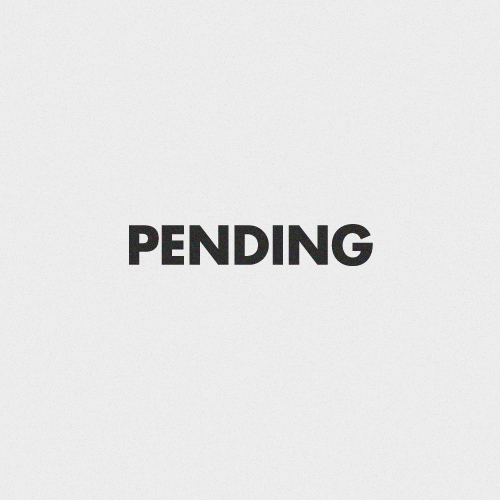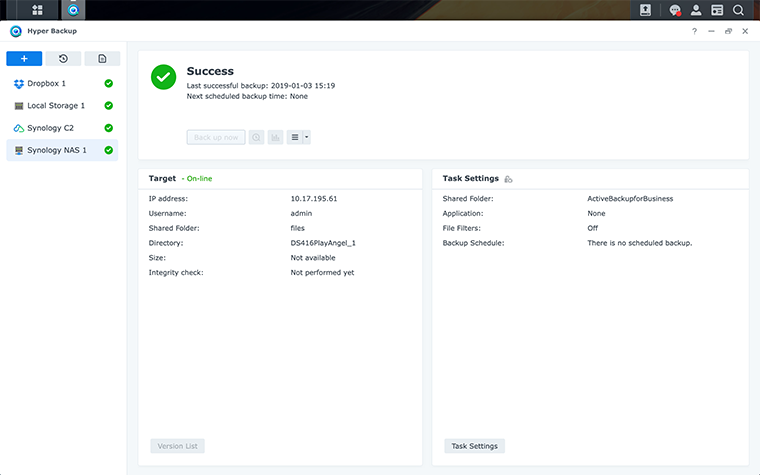

You should use about 1 GB ram to store the bees hash table for every 10 TB of storage for deduplication, but the way bees is written you can still get by with a smaller hash table size or drastically more storage and the deduplication will still be fairly effective. I run bees with command line options '-thread-count 1 -loadavg-target 2', which limits it to a single cpu core, and only runs when the system load average is less than 2. I only use btrfs snapshots for local undelete and ive never had to rely on the offsite backup for data restore yet.īees is awesome, it will in the background deduplicate your snapshots and everything else while the system is idle.

I don't waste my time trying to figure out btrfs send, its enough for me to make a daily backup of whatever the file system state is. Restic will create encrypted, deduplicated, compressed, incremental snapshots on the destination of your choice, you can then mount the destination on your server and restore files from backups. You really don't need much to make this work.

The server hosts a handful of services running on docker and LXC.Īll this running on 8 GB ram on a 2017 Pentium class processor, 20 GB swap on primary drive. Restic then backs up the contents of these backups. 'restic' creating daily backups to a cloud destination (back blaze, but could be anywhere such as your synology nas)Īll of my desktop and laptop computers backup or sync themselves to the server. 'snapper' creating snapshots hourly for 1 week and daily for 3 months 'bees' running constantly for deduplication, 1.5 GB hash table size
#Synology deduplicator full#
LUKS full disk encryption within the raid, exposing yet another virtual device.īTRFS on that LUKS device, compression enabled, noatime (RAID 6 tolerates 2 drive failures at the expense of losing 2 drives worth of storage capacity, making my usable space 20 TB). I use EXT4 for the primary drive to make it behave better with swap, and so I can put things like sql databases somewhere not well suited for BTRFS.ħX 4 TB disks raided in RAID 6 using MDADM, to appear as one device (md0). Ubuntu server on a standalone 240 GB SSD, full disk encryption with LUKS. I know there are linux pros who would probably scoff at my setup, but this has been working well for me for 3 years: Right? And even 8 GB of memory is also more than enough, right? Probably I want a M2 for cache? Or not? And of course at least a 1 Gigabit wired ethernet to the router. How powerfull does my NAS server need to be to run BRTFS-NAS in a fairly fast and safe manner? I suppose a AMD Ryzen 3 3200G 3.6 GHz Processor much more than plenty. But loosing old snapshots seems like a 'fair price'. And at that time I don't want to start from nothing. But of course eventually something will break. And probably will not for at least years. The way I see it, I hopefully don't need it. I don't think it needs too many snapshots. Is there an efficient/good way to do incremental backup to my Synology (which doesn't support BTRFS). 3 drives and make that 'look like one drive' on SAMBA/NAS i.e. I can understand that RAID is probably not a good idea for now and at least not for a guy like me who's new to NAS, BRTFS and not to experienced in Linux either. It a buglar get's to my stuff, I have a backup there etc.) If my home burns down, probably her's doesn't. Just for the little bit of extra security (If I get hacked she probably don't.
#Synology deduplicator Pc#
But I'm thinking building a x86 (probably AMD Ryzen) PC which will mainly do NAS, but might do a few other things.Ĭan my Synology be backup, or is that a bad idea?

I'm not entirely sure how that will work yet. It doesn't support BRTFS but it doesn't matter to much. I'm totally new to BRTFS and rather new to NAS.


 0 kommentar(er)
0 kommentar(er)
